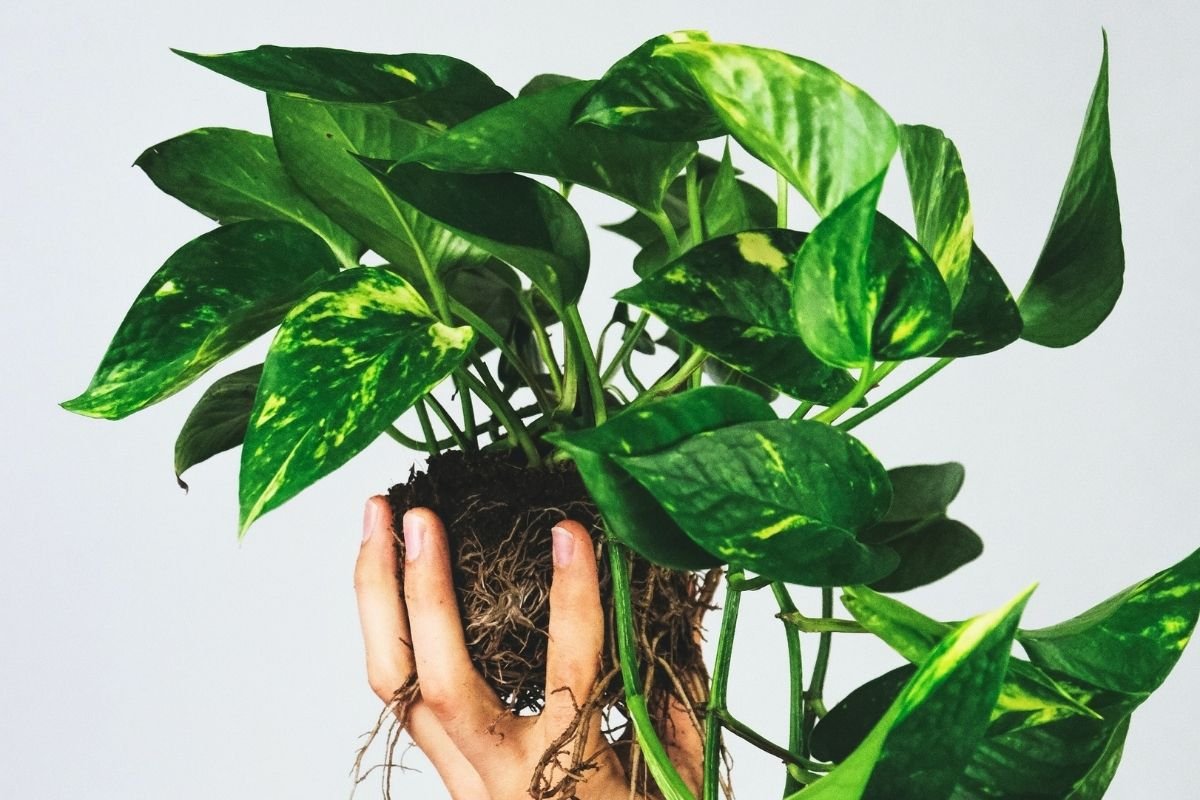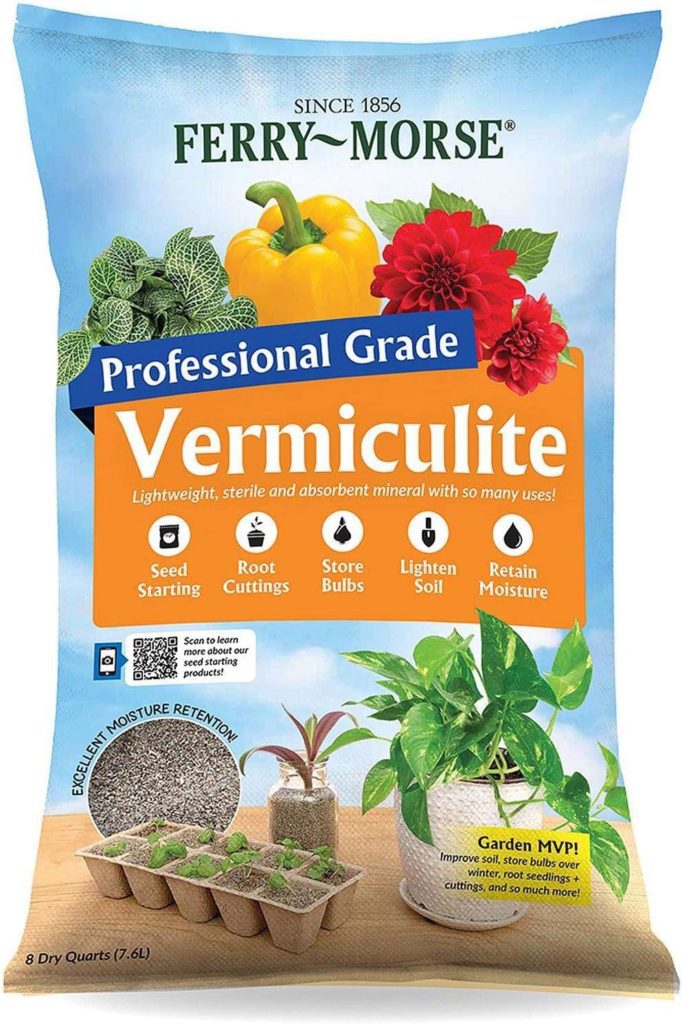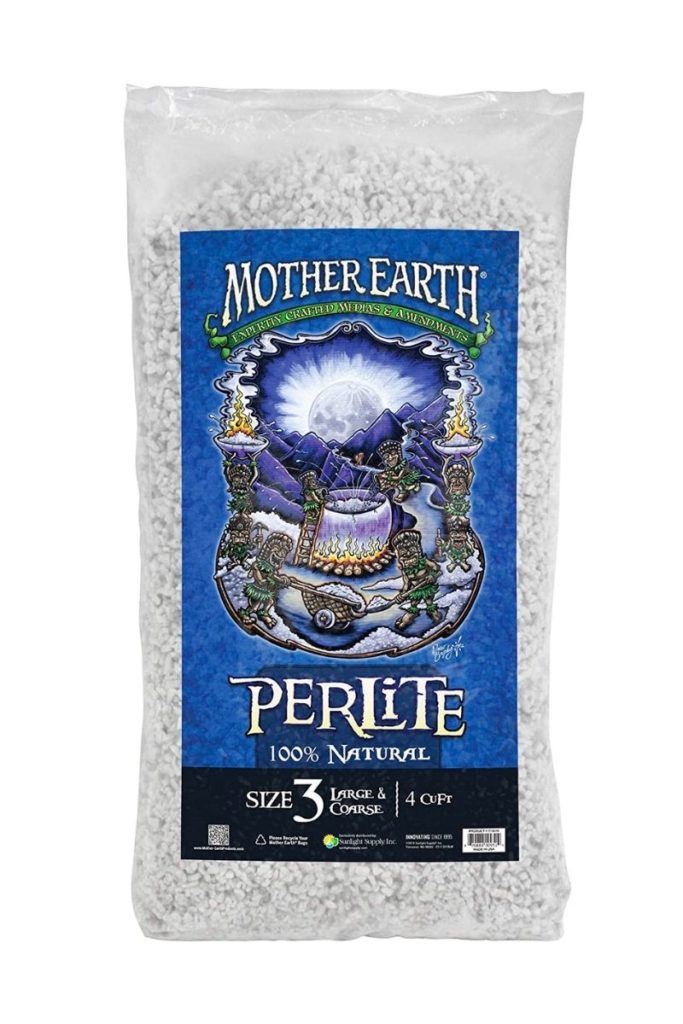If you’ve chosen a type of pothos as your leafy, low-maintenance companion, you may be wondering how often to water pothos plants – and you’re in the right place to learn.
The pothos plant, also known as “devil’s ivy”, is considered a great starter plant for brand new plant parents keen on success with their first try. These low-drama plants lend vibrancy to your home without demanding too much in return.
Understanding pothos water needs
Originating in southeast Asia, pothos come in a variety of species that range in color from bright green to yellow and cream. The popular golden pothos has heart-shaped green leaves variegated in yellow. The jade pothos has dark green, vibrant leaves, and the marble queen pothos plants have green leaves with white variegation – just to name a few! Any type you pick will please you with its lush foliage.
In the wild, pothos is known to spread over forest floors and climb up tree trunks, with the help of aerial roots that climb vertically. Like other climbing jungle plants accustomed to growing in tree hollows and other small nooks and crannies, pothos loves to grow in pots as well.
In the home, pothos can be trained to climb moss poles, pipes, and trellises. In good indoor conditions, certain types of pothos can grow a trail of up to 10 feet long and produce leaves up to 3 feet in length! As an added bonus, pothos plants are one of the most effective plant varieties known to purify air in your home.
Let’s get into how often to water pothos plants so that it mimics that humid jungle vibe they love!
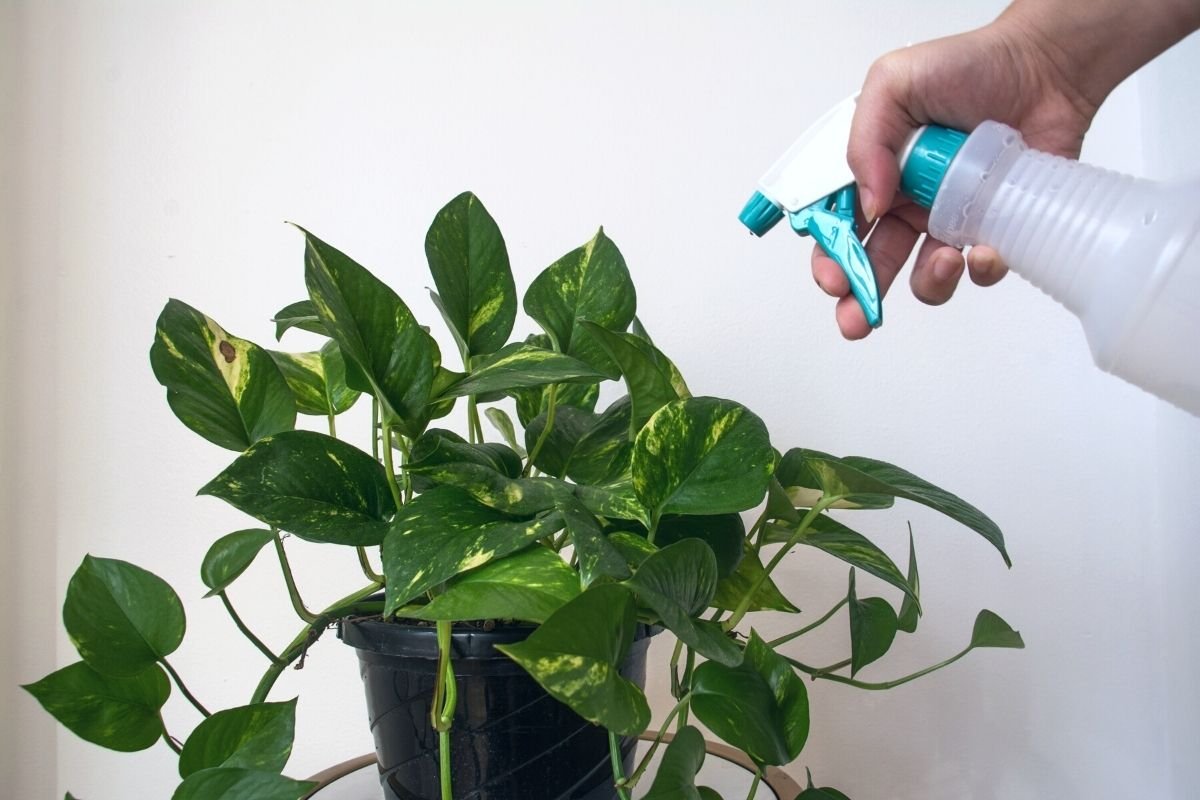
How often to water pothos plants
Even for indoor plants, outdoor seasons affect how fast pothos grow, and in turn – their watering needs. The typical growing season for a pothos lasts from spring until fall. During this time, you can expect your plant to grow a few feet or more.
Wait, what? Yep, that’s right! Your pothos will grow several feet over just a few months, maybe sprouting 15-30 new leaves or more. That’s pretty impressive!
Your watering habits need to keep up with this explosive growth. The most important thing to watch is actually the soil’s moisture. Get into the habit of checking the plant once per week and watering if the soil is dry to the touch, or if the soil is drying out excessively between waterings.
Watering pothos during the winter months
Most plants, pothos included, go dormant in fall and winter, causing the growth to slow. It isn’t necessary to fertilize your pothos at this time since nutrient uptake is limited during this period. For indoor pothos plants, maintain the optimal temperature range of 65-70° F at night and 75-90° F during the day. That being said, pothos isn’t too picky and will thrive in most indoor conditions above 50° Fahrenheit.
During dormancy, your pothos will also demand less water. This doesn’t mean that a little extra water is welcome!!
I repeat: your pothos will not love you more for additional watering during dormancy. Just don’t do it.
Most pothos doesn’t like having continuously damp soil. In fact, they prefer soil to dry out between waterings. Water the soil lightly all around the pot and check weekly for soil dryness before watering again. Expect little activity from your pothos during this time and trust that the growth cycle is working its magic!
Watering pothos during the summer months
Summer is the heart of the optimal growing season for pothos. During these warmer months, water your pothos 2-3 times as often as you do during dormancy. 2-3x as often is a good starting point, but there is no fixed number for this. The most important thing is to check your pothos’ soil twice a week for moisture level, and definitely before each watering. The plant will both absorb more water and dry out more quickly under the warm summer sun – so be vigilant!
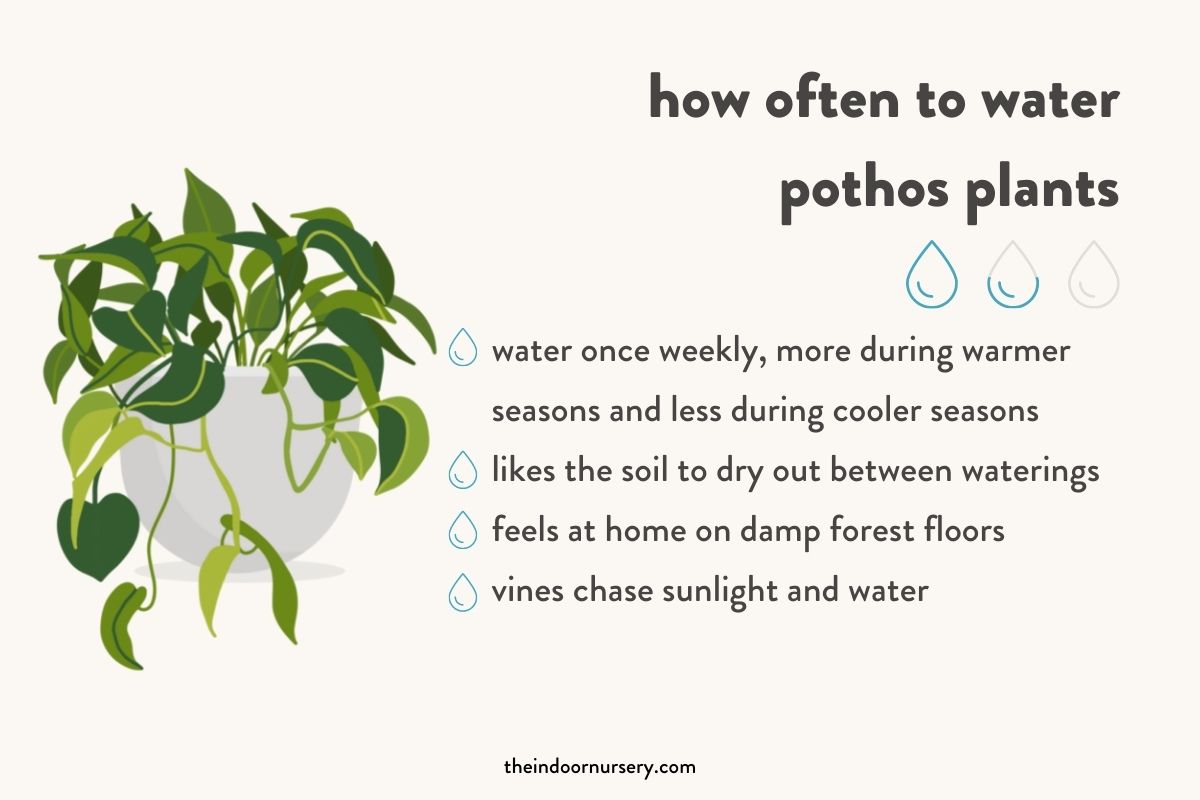
Things that impact your pothos watering schedule
As mentioned, factors such as temperature, season, humidity, and light quality will affect how often you need to water your pothos and how much water to give. The key is to check the soil weekly for dryness and only water when the soil is completely dry. This is important to avoid overwatering, root rot, scale infections on your pothos, and other scaries! Here’s a complete guide to determine when and how to water your pothos plants.
Temperature and humidity
Pothos like to hang in temperatures above 50° pretty much at all times, while they prefer temps between 70-90°. As tropical plants, the pothos thrive in high humidity! You can adapt to dryer home environments by misting the plant regularly. Misting will help support aerial root growth if you’re training your plant to climb on a stake or coir pole, and maintain vibrant, green, shiny leaves. One additional benefit to maintaining higher humidity in the air around your pothos is that the water droplets from misting will quench your plant’s thirst and keep the soil moist for longer.
Type of soil
As with all other plants, the potting mix choice you make for your pothos is important for your plant to thrive. These plants do better in a well-draining potting soil mix. Pothos do not like sitting in water, so be sure your pot has at least one drainage hole (or better – a few!) to let excess water escape. The ideal potting mix is well-aerated in order to both hold water and excess moisture to filter easily through. Many premade potting soils are designed to retain more moisture than pothos really need, so be sure to check the elements when you pick a potting soil. I really like Fox Farm soils.
Look for a potting mix that includes peat moss, coconut coir, vermiculite, or perlite. These are minerals that both nourish and help aerate the soil. A potting soil that includes some sand and tree bark is also helpful for creating air pockets and improving drainage. You can buy a premade potting mix or even make your own potting mix if you want to pick the exact elements for your potting soil.
How much water does a pothos plant need?
Here’s the good news my friends: if you forget to water your pothos (or overwater a little), they will most likely recover quickly. However, your pothos will look their best and stay healthiest when watered properly. As mentioned, a good rule of thumb to follow when watering is to let your pothos’ soil dry out completely between waterings. Poke your finger down in the soil (touch test) or use a soil probe to test if the soil is dry. On the moisture meter, it should read 2-3 to indicate your plant is ready for some H2O.
As with most plants, you should slowly pour the water over the soil using a watering can or jug until you see water run out of the drainage holes at the bottom of the pot. Do this in either a sink, basin, or plant saucer, but be sure to pour out any water that has overflowed into the saucer so your pothos isn’t sitting in water.
Signs of an overwatered pothos
If you consistently give your pothos too much water or allow the plant to sit in wet soil for too long, you might be inviting a whole host of problems to attack your leafy friend, from mold to root rot. Check the pothos leaves and roots for these signs of an overwatered pothos plant:
- Brown spots on leaves
- Mold growing on the surface of the soil
- Shriveled, mushy leaves
- Yellow leaves
- Wilting, curly leaves
- Root rot
Signs of an underwatered pothos
If you don’t give your pothos any water at all for an extended period of time, your leafy friend will begin to suffer. Hopefully (!) you’ll know when you’ve been neglecting your pothos, but if you’ve been on holiday or entrusted your pothos care to someone else, here are some signs of an underwatered pothos plant:
- Crispy, brown leaves
- Wilted leaves
- Plant shrinkage (yes, this is a thing)
- Wrinkled leaves
How to know when your pothos plant needs water
From employing the touch test to knowing how to check foliage for signs of watering mistakes, you have a good set of tools to keep your pothos healthy as can be!
Soil condition is the most obvious indicator for when to water: simply water your plant when the soil is dry.
When your pothos needs more water
Conditions such as light level, season, humidity, placement, and other factors can cause the pothos plant to need watering more than 1-2x per week. In addition to inspecting the soil before watering, check more often if any of the following conditions are present:
- Direct sunlight: If your pothos is growing near a window or even outdoors during the warmer seasons, you may need to water more often as the warmth and heat of direct sunlight will lead to increased moisture evaporation from soil. Be careful with direct sun placements as lots of light can burn your pothos’ leaves! Bright, indirect light is a better choice for this plant.
- High temperature and low humidity: In temperatures higher than 75° F, you’ll need to water your pothos more regularly – up to once a day! Low humidity conditions will also lead pothos to draw more moisture from its underground roots, increasing the need to water frequently.
- Smaller earthenware pots: If you choose an unsealed ceramic, terracotta, or earthenware pot for your pothos, excess water from soil will leach through the container walls and evaporate into the air. For this reason, your pothos may need more water when housed in these types of pots! For any type of pot, the ratio of root ball:soil will also affect your pothos’ watering needs. With higher root ball:soil ratios (e.g. when your pothos outgrows pot as the end of the growing season), the potting medium retains less water – meaning you’ll need to water your plant more frequently to keep up with its thirst!
When your pothos needs less water
Alternatively, there are some situations where your pothos plants will need less water. Be sure to check for dry soil (using the touch test or a moisture meter) before deciding to provide more water. You can safely reduce your watering schedule if any of these conditions are present:
- Low light levels: If your plant is growing in an area with low light, your plant will not need to be watered as often. Pothos prefer bright but indirect light to thrive, however low light conditions will not kill the plant.
- Cooler temperatures and high humidity levels: Plants grown in cooler areas will need less water, since lower temperatures slow plant growth. This is true in winter as well, when plants are dormant and not actively growing. If humidity is higher, your pothos will need less water as the surrounding air will help keep it hydrated.
- Larger glazed and plastic pots: Larger pots relative to the root ball size will accommodate more soil to retain water to feed your pothos when its thirsty. Plastic or glazed pots will not leach water into the surrounding air like earthenware pots. Make sure that whatever pot you choose has enough drainage holes as usual!
More about pothos
- How Often To Water Pothos Plants (And When To Cut Back)
- Marble Queen Pothos Care Guide
- How To Make Pothos Fuller (In 5 Minutes)
- Our top pothos fertilizer picks for luscious vines
- Golden Pothos plant care: how to keep them happy
- Pothos root rot: what to look for and how to fix it
- How to grow pothos in water for *decades*

